Stefan Burford, Global Chief Strategy Officer at Initiative, outlines five methods by which marketers can build brand relevance in culture.
The traditional model for marketing was simple – find a compelling product benefit, dramatise it in a 30-second advert (or maybe print ad) and then use that to intercept our lives in the most suitable media channels. A proven model designed to deliver reach and frequency against a pre-defined target audience.
But technology has created not only new platforms for communication, but also increased expectations around brands and their purpose (and relevance) in our lives.
The dual problem brands (particularly big brands) are facing today is that consumers can both literally and emotionally switch off.
They can switch off their attention to the brands that don’t feel relevant to their lives, switch off (or at least skip through) the ads that are constantly being blasted at them or mute the conversations, content or posts that don’t interest them.
But all is not lost. Great brands and ideas can still catch on, they just do so in a different way. And that is through culture. The latest research has shown that people want (and expect) brands to have a point of view on the world and play an active role for good.
In many countries, particularly where there is a void of institutional leadership, they expect brands to step up, to take a stand on a range of issues, to show they care and are interested in moving culture forward in a positive way.
In this fast moving and purpose focused world, all brands (big or small) have the opportunity to create new ideas so powerful, so topical and so provocative that they move through culture not in the spaces around it.
The faster they move through it, the more relevant they can become.
We call this ‘Cultural Velocity’.
In our new book, Cultural Velocity: Making Ideas Move, we researched, unpicked and decoded hundreds of the most successful campaigns from across the world, and identified the five paths to help brands harness this opportunity.
Cultural Agitation
Agitation is built by challenging the status quo and associating the brand with a polarising issue (such as EDEKA supermarket clearing its shelves of foreign goods to shine a light on the power of diversity) or a person (like Nike and Colin Kaepernick with ‘Dream Crazy’). Driving conversation and attention by stirring the pot and asking the audience to pick a side. Using attention grabbing acts and a public announcement to garner media attention and amplify a message.
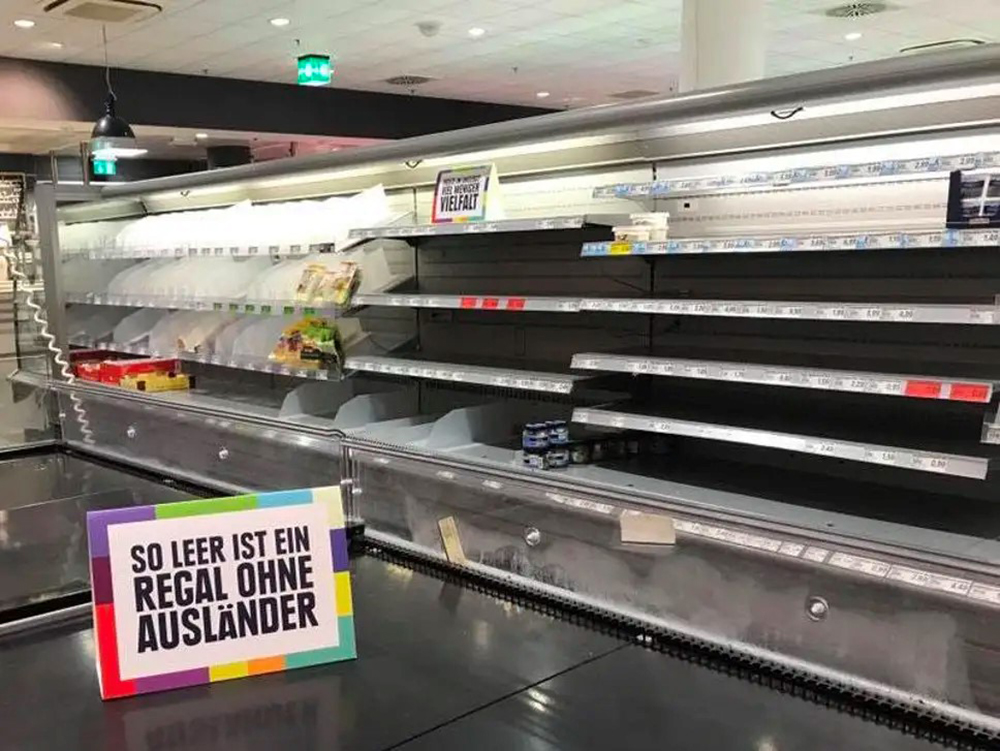
Cultural collision
Collisions happen when you pair two things that aren’t usually seen together to create surprise and excitement. Bringing together unexpected elements (eg KLARNA payments firm and hip-hop star Snoop Dogg) or juxtaposing disparate things (like the exclusive clothing line made by HUMAN MADE with fast food brand KFC). Generating surprise, and thus conversation and attention, by using a spokesperson that seems quite different or collaborating with a brand or property that seems quite dissimilar.
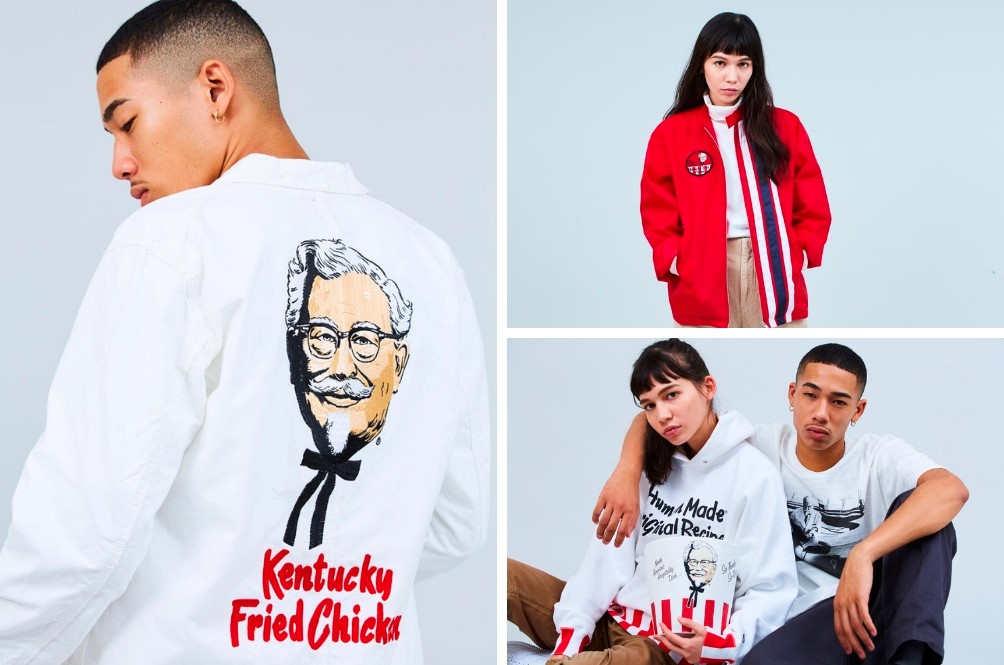
Cultural proximity
Increasing the relevance of a brand by demonstrating hyper-local knowledge and understanding. Using data to power neighbourhood specific ads, or subcultural specific passions, that show understanding and cultural embeddedness. That the brand is part of the subculture, not outside it. That the brand gets and represents the community. Spotify has consistently and successfully applied this hyper-local strategy in its annual end of year ‘Wrapped’ campaigns where they shine a light on the unexpected tastes of a neighbourhood or popularity of a song around a cultural moment.
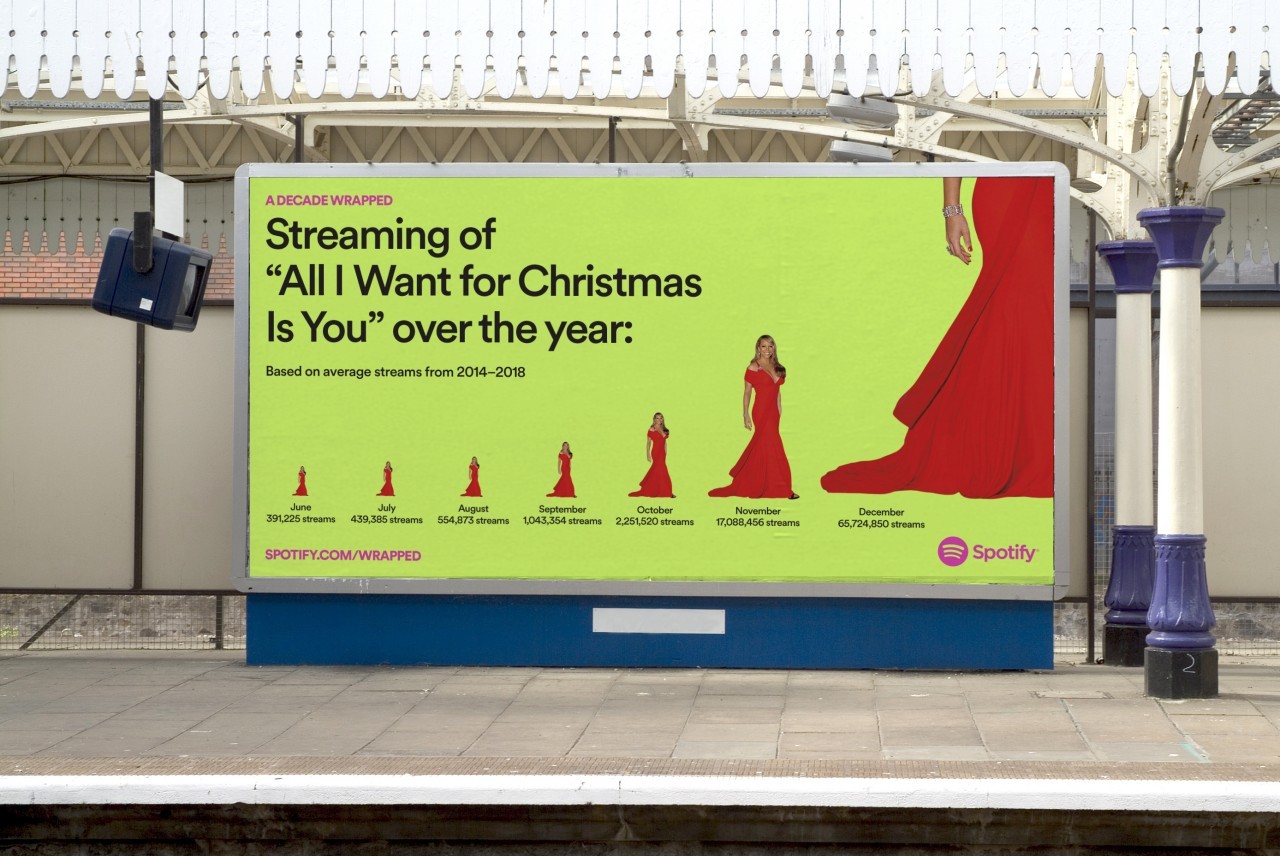
Cultural spotlights
Shining a light on an issue that is important but does not get a lot of attention (such as the award-winning Holland & Barrett ‘ME.NO.PAUSE’ campaign), and bringing it to the fore. Something that may not be that surprising, but impacts lots of people, and highlights its importance or value. Taking the interest that exists already and providing the spark that amplifies it and pushes it into mainstream consciousness.
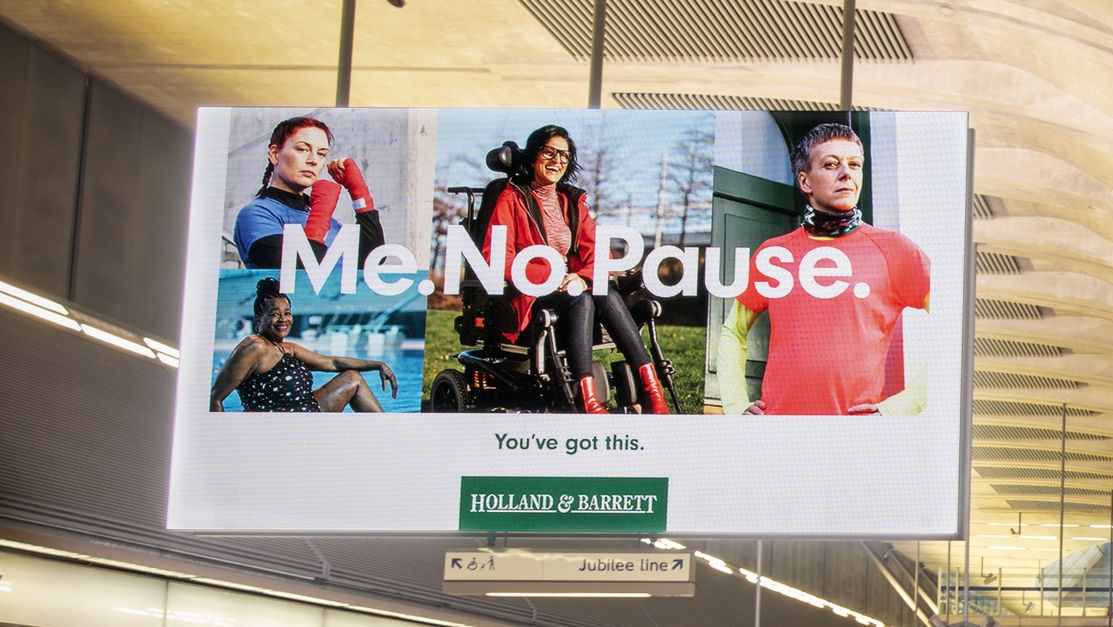
Cultural contributors
Providing open access to information, resources, and tools, with the goal of enacting positive, meaningful cultural change. Encouraging others to participate by making it easier for them to do so (e.g. Volvo and ‘The E.V.A. Initiative’, where it released crash data to make all cars safer for everyone).
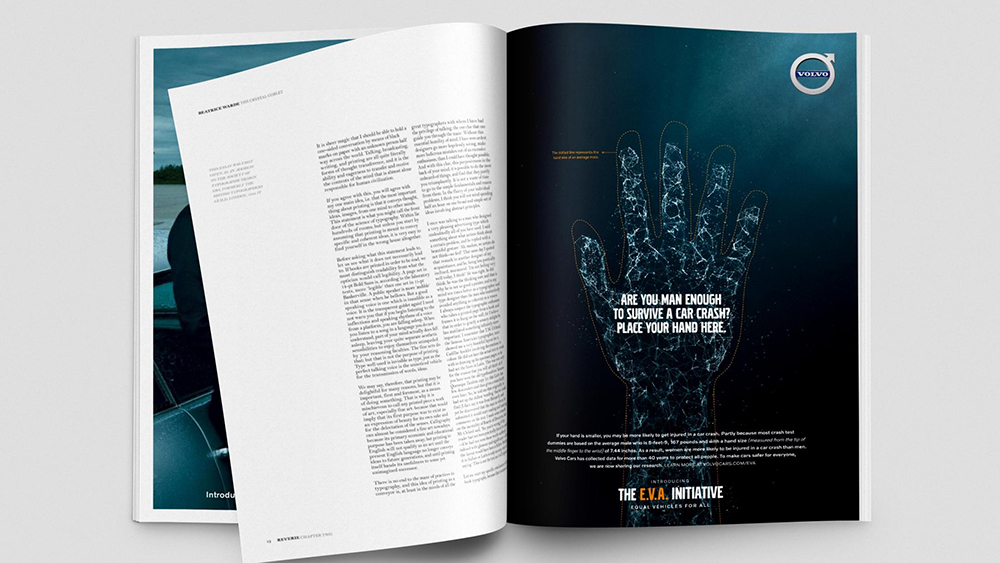
Each of these five routes is a powerful way to build relevance in culture, but they do require a large dose of bravery. It can be easier to make a misstep and to look exploitative, fickle or out of touch. It requires an unwavering commitment to the history and authenticity of the brand as well as a constant connection with the audience and the topics that matter to them.
By decoding and understanding how to make ideas that move, any brand can harness the power of ‘Cultural Velocity’.
–
This article first appeared in www.warc.com
Seeking to build and grow your brand using the force of consumer insight, strategic foresight, creative disruption and technology prowess? Talk to us at +9714 3867728 or mail: info@groupisd.com or visit www.groupisd.com


